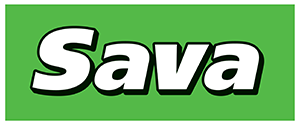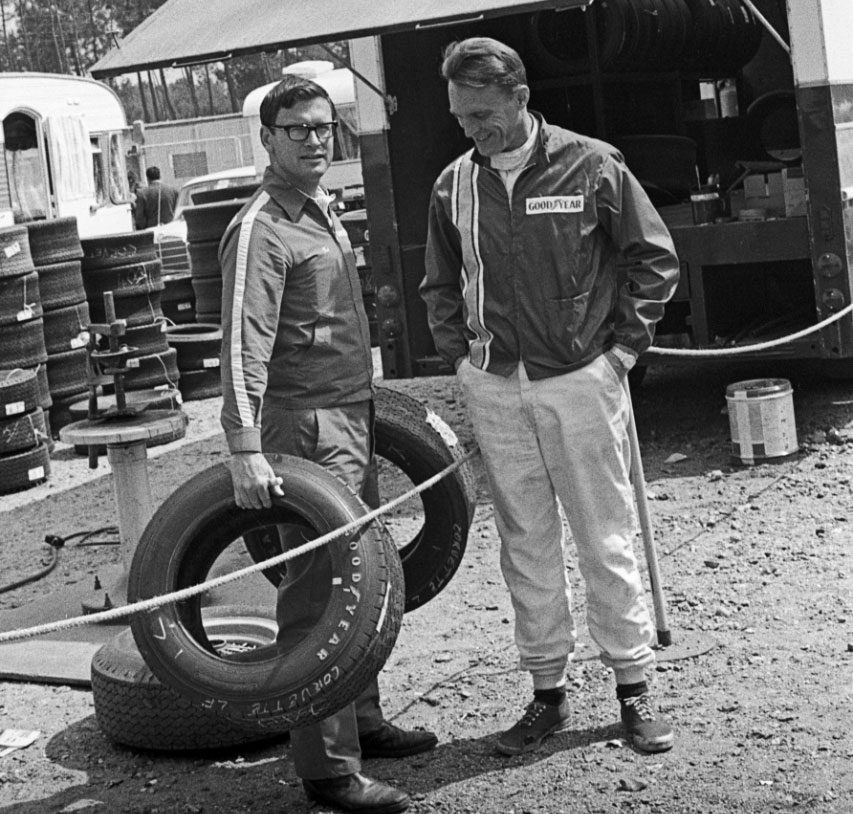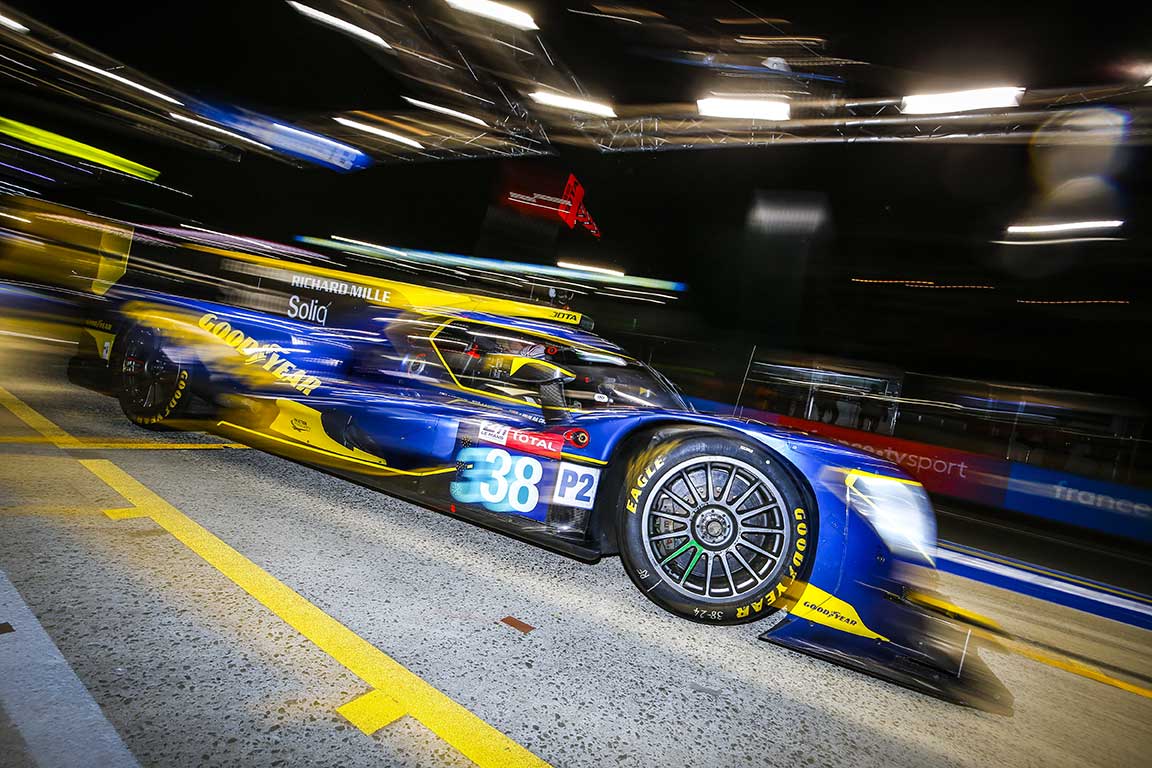It was Shelby’s racing pedigree that led Goodyear to fund the creation of the first Cobra-based Daytona Coupe, designed by Peter Brock. This sleek racer, with its pioneering aerodynamics, went on to do the impossible and beat the Ferrari 250 GTOs to a GT-class win, finishing fourth overall at Le Mans in 1964. However, better was still to come.
With Shelby finally behind the wheel of Ford’s GT40 programme, the iconic car quickly began to gain momentum. However, it was to be an inauspicious start. In1964, none of the much-vaunted new Fords finished Le Mans, or any other race.
As Shelby proudly noted however, they did succeed in striking fear into Enzo Ferrari, notching up 218mph on the famous Mulsanne Straight.
1965 was a similar story, with Ferrari sweeping the Le Mans podium once again and not a single GT40 crossing the finish line. 1965 was also the year that the North American Racing Team’s (NART) Ferrari 250 LM, driven by Masten Gregory and Jochen Rindt, unexpectedly gave Goodyear its first overall victory in the 24 Hours.












